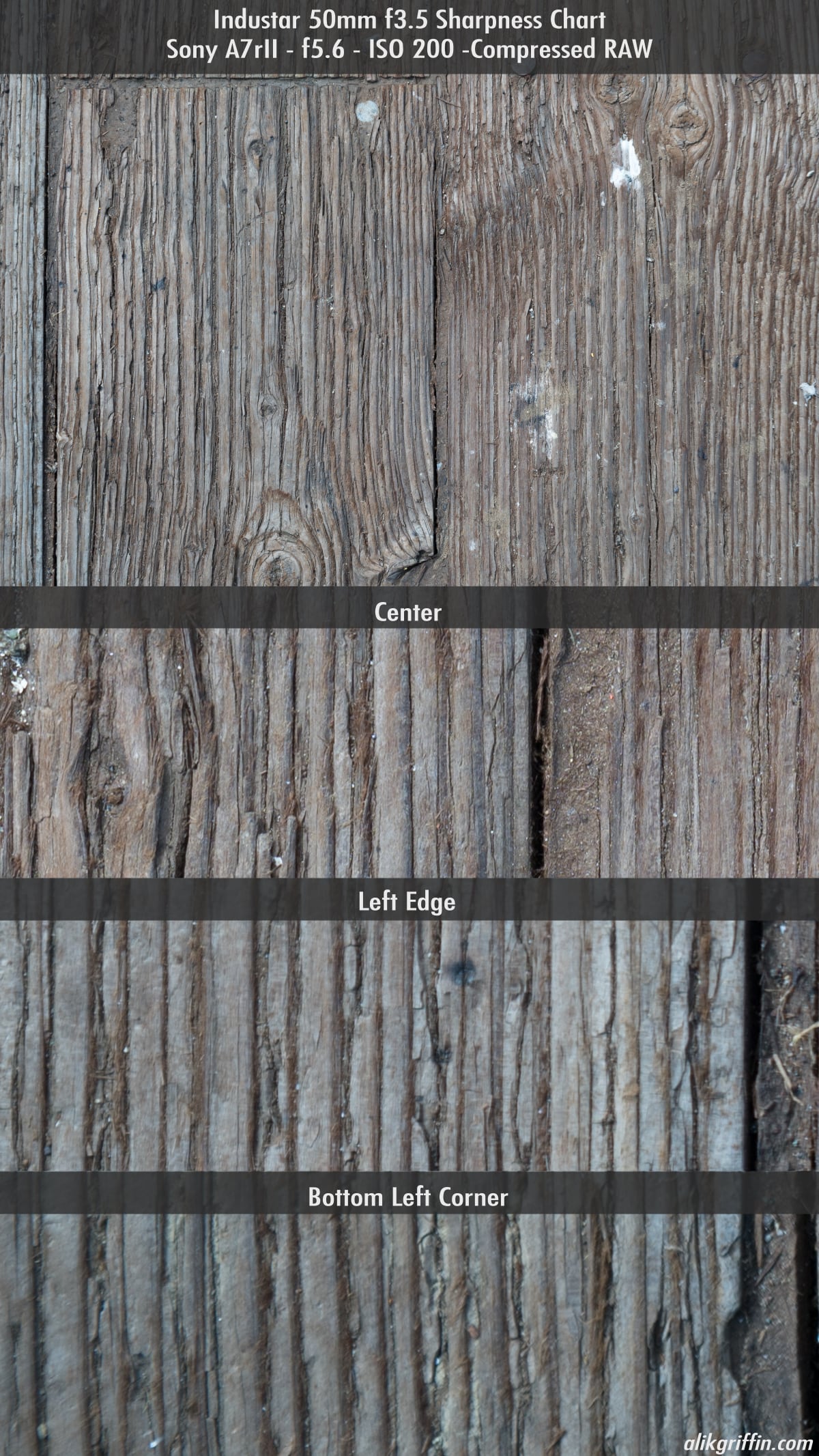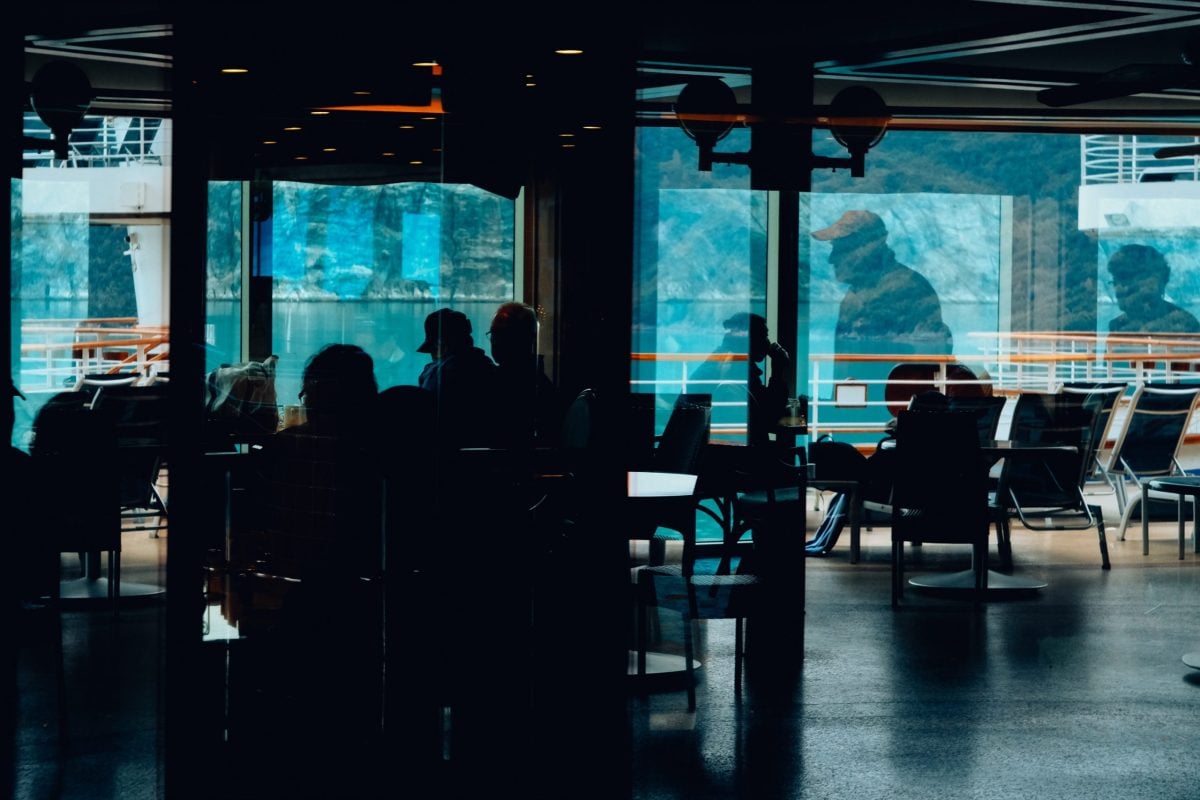I’ve recently acquired a new addiction to vintage lenses after having too much fun shooting with some Leica M-mount lenses and some old M42-mount lenses.
One of the more interesting vintage lenses is the Russian-made M42 mount Industar 50mm f3.5 pancake lens.
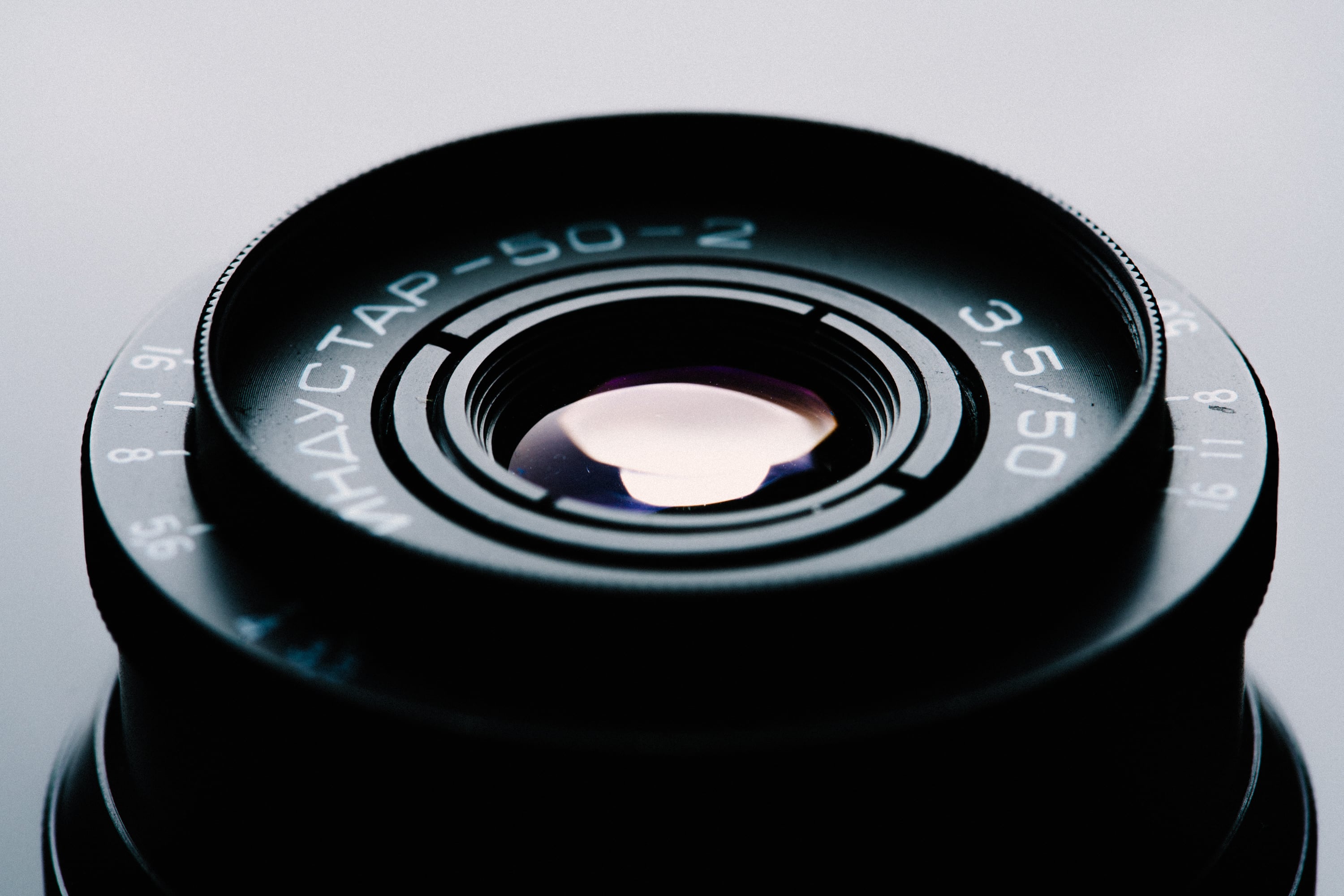
The Industar has won lots of praise over the decades, and people really seem to love it. Here is why!
Industar 50mm 50-2 f3.5 Stats
Focal Length: 50mm equivalent to 75mm
Aperture Blade: 7 aperture blades
Elements: 4 elements
Coatings: Front element is not coated, but the rear element has an anti-reflective coating
Focus: Manual
CPU Contacts: No
Based on the Zeiss Jenna Tessar Design
So, is the lens good?
No, not really, but it can be.
I know that doesn’t make sense because it’s hard to give any blanket statement like that to any lens, since lenses have many characteristics which maybe excel at one thing but fail miserably at another, this is especially true with a lot of vintage lens.
This review includes images from both my full frame Sony A7rII, Nikon Z6, Canon EOS R and the APS-C Fujifilm X-T2 and an overview of what its like using the lens on each camera.

Industar 50mm f3.5 Review | First Impressions
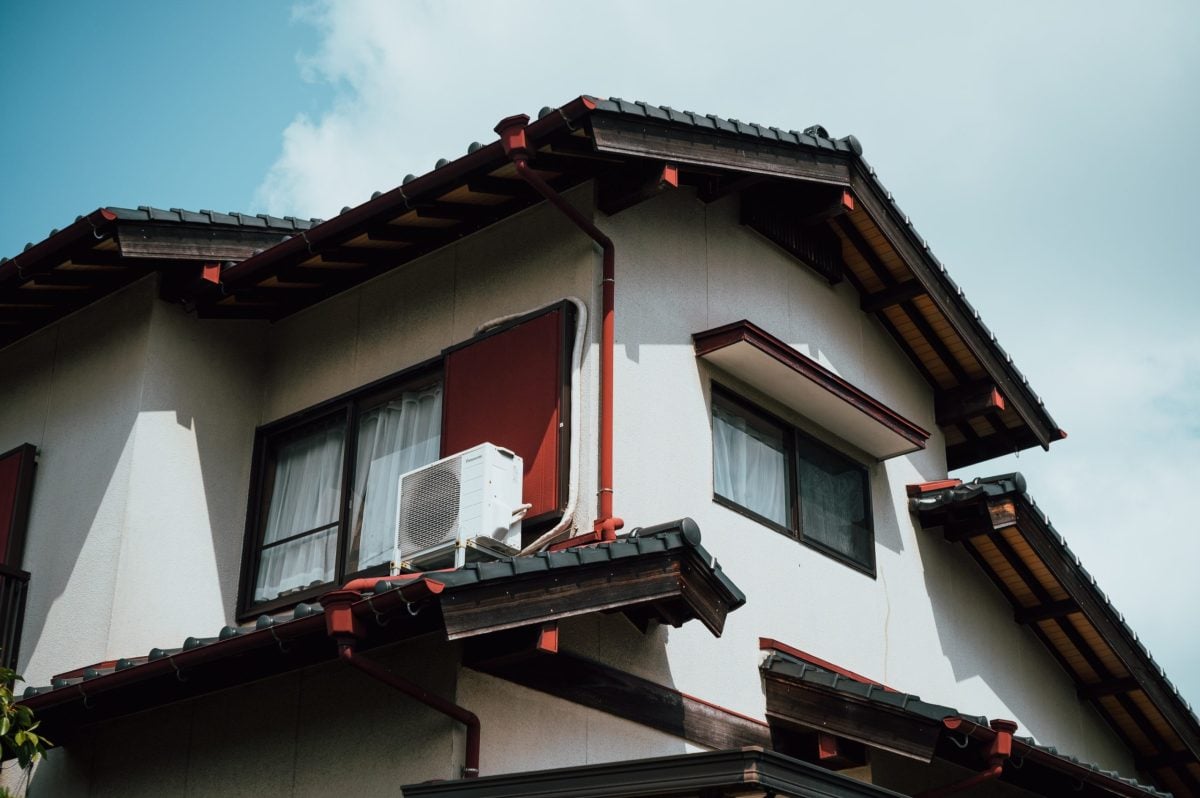
Most of these vintage lenses have been designed for 35mm film cameras, so I first shot a lot with the lens on my Sony A7rII to get the true perspective of how the lens was designed.
However, my intentions when buying this lens were to actually use it on my Fujifilm X-T2 and X-Pro 2. It’s here on these APS-C cameras that the lens gives very different results, and it’s here where the Industar 50mm can really shine.
The lens I actually have the the 50-2, I’m not sure how it’s different from the 50, although I plan on getting that lens in the near future.
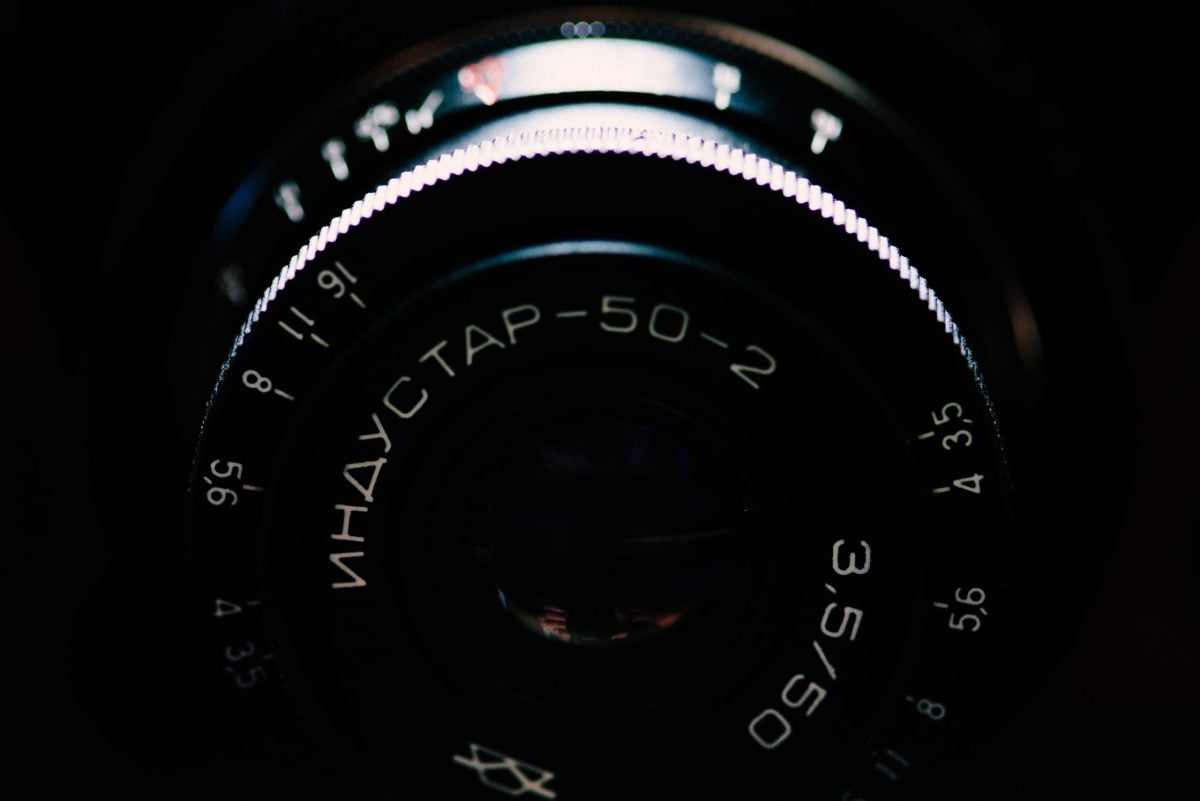
On the Sony A7rII, my first impressions were, “Man, this lens sucks.” It has disgusting flaring, terrible vignetting, extremely soft corners, and edges, but . . . it’s beautifully sharp in the center, has great contrast and a lot of character, and it was this character that made me fall in love, just a little bit, with this lens. Then I tried it on my APS-C cropped Fujifilm cameras, and oh my!
Samples with the full frame A7rII


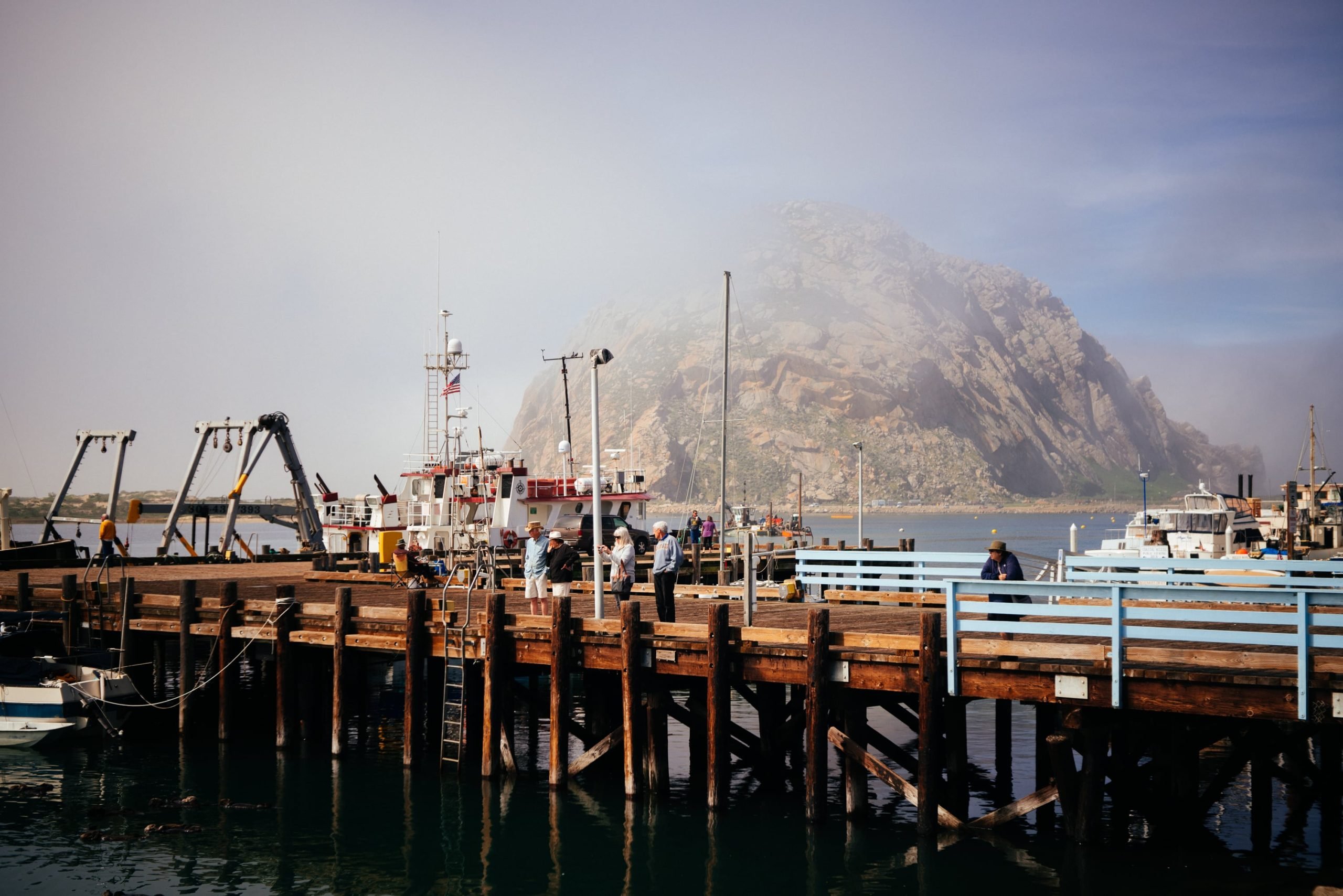

Pros
- Very sharp in the center
- Fantastic contrast and micro contrast
- Great color rendering
- Lots of character
- Super small
Cons
- Terrible vignetting (full frame only)
- Very soft corners and edges (full frame only)
- Nasty, ugly flaring
- Difficult to adjust the aperture
- Looks ridiculous on most adapters
Those impressions are with a full frame camera like the Sony A7r II and you’re probably wondering, what happens if you put it on an APS-C camera like the Sony A6300 or the Fujifilm X-T2?
A few things happen, mostly positive. Here are a few APS-C samples taken on the XT2.
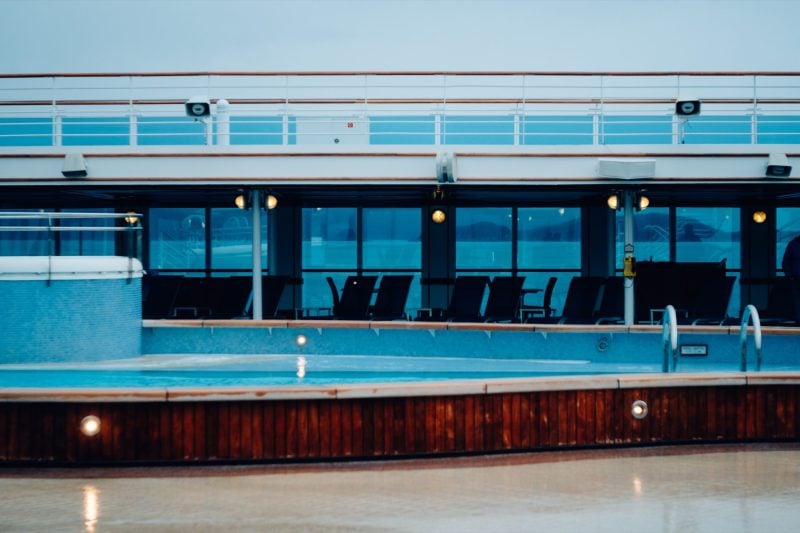
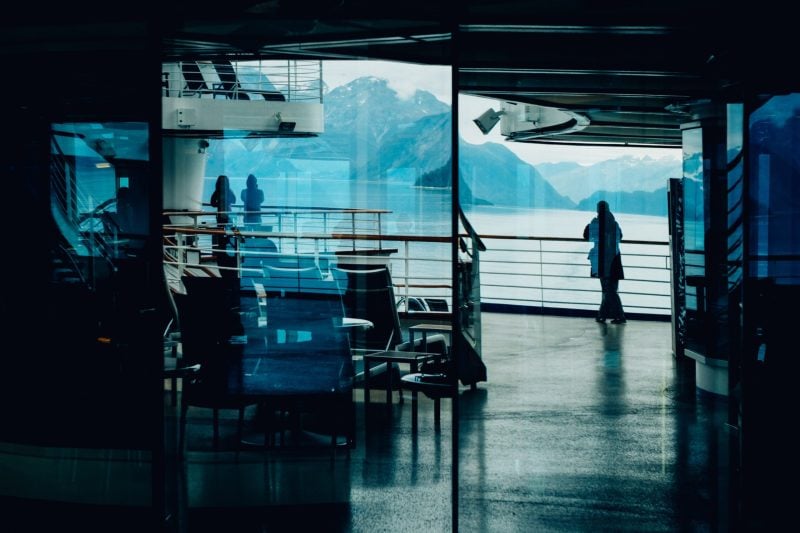
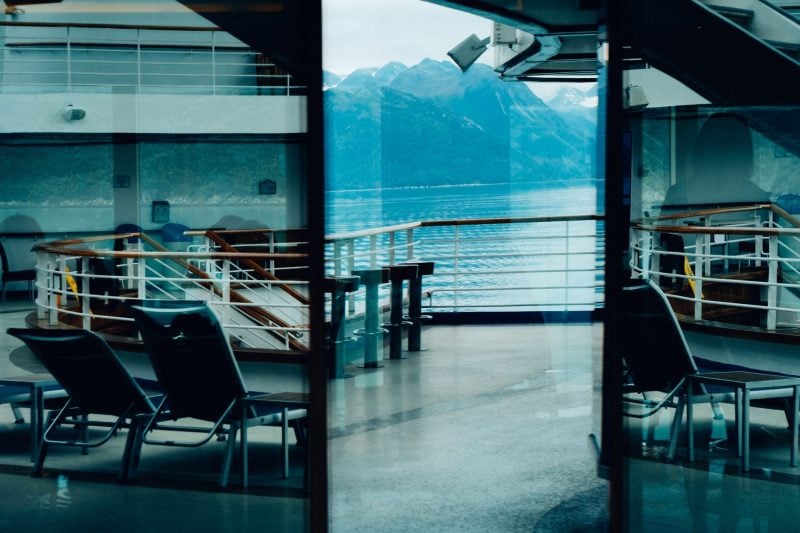
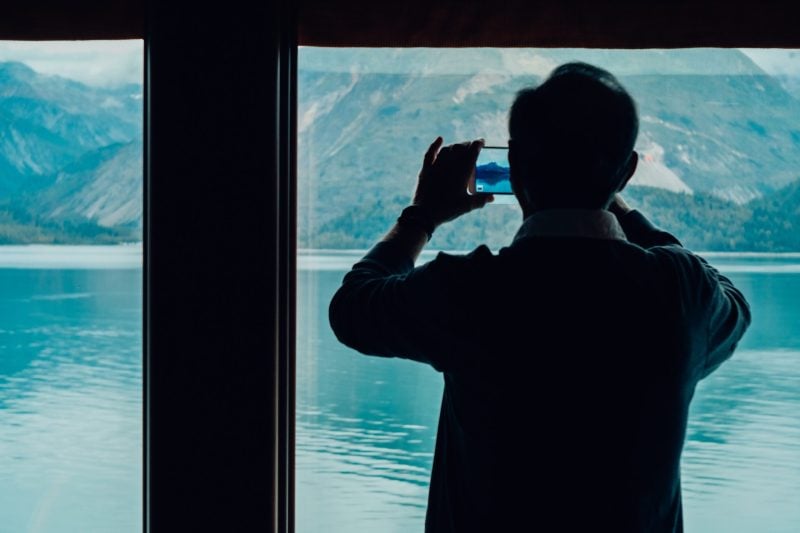
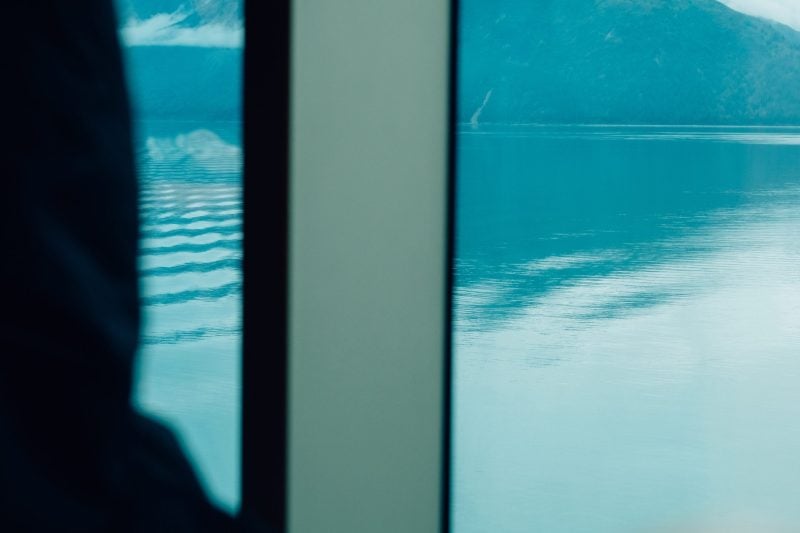
Because of the 1.5x crop the lens becomes a 75mm and because of this, the terrible vignetting and softer corners and edges for the most part disappear. So when shooting APS-C, you’re left only with the nasty, ugly flaring – and I can live with that.
Now I haven’t tried it on a film camera. I know digital camera lenses are designed slightly different to compensate for the micro lenses on the digital sensors and many film lenses can often under perform when adapted to digital. Especially the Sony A7rII which has a more extreme sensor design with the micro lenses because of the short flange distance of the E-Mount.
Shots with the X-T2




Industar 50-2 f3.5 Technical Overview
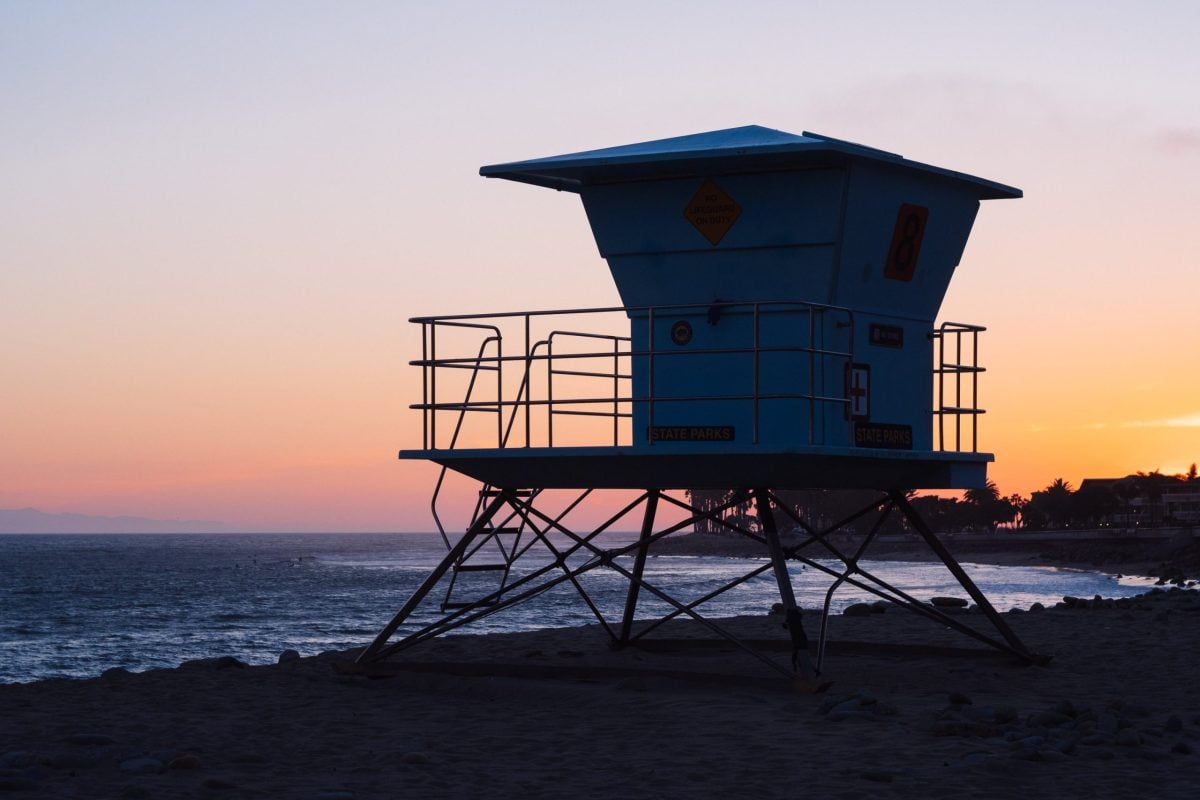
As mentioned, the lens has many issues, especially if you’re a full-frame shooter. However, the micro contrast and center sharpness make up for many of these flaws, and many of them become irrelevant if you’re shooting on an APS-C camera like any of Sony or Fujifilm’s APS-C cameras.
It looks a little funky with the Fotasy M42 adapters since the adapter is so much bigger than the lens.
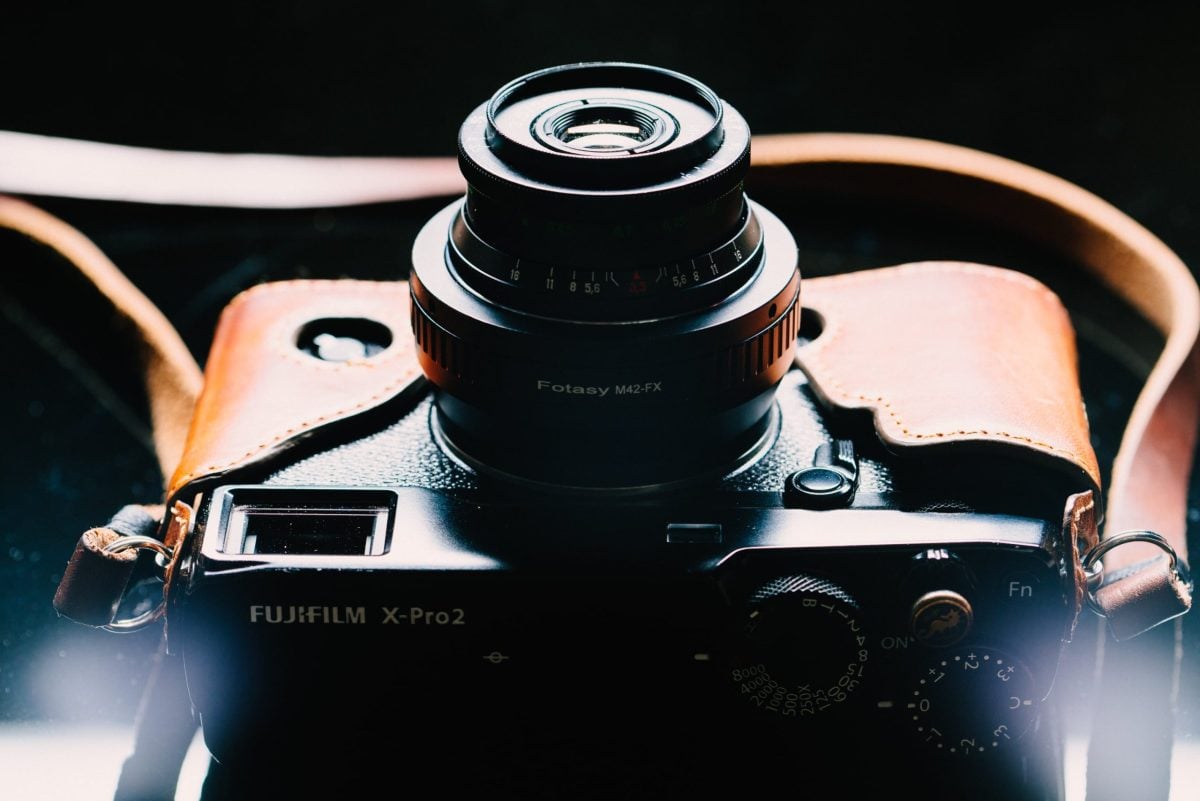
Full Frame Sharpness Chart
On a full-frame camera such as the Sony A7rII, the sharpness in the corners and along the edges is quite bad, but the center is tack sharp.
APS-C Sharpness Chart
When setting the camera to APS-C, we can see that the results are very different. Not only do we end up cropping in 1.5x making the lens shoot around 75mm, but the camera also ends up cropping out a lot of the soft corners and edges.

Flaring
Flaring is quite nasty on this lens. No matter what, it seems it wants to veil flare, even when pointing directly into the sun. It also looks like we’re getting a lot of red dot sensor reflections in some of these shots as well.
This is a situation where I think it could look a little more interesting when shooting film where you wouldn’t get that RGB sensor pattern if that’s actually what’s going on here.
In terms of coating, the Industar 50-2 has no front element coating and only a rear anti-reflective coating.
These flaring shots are all APS-C samples.
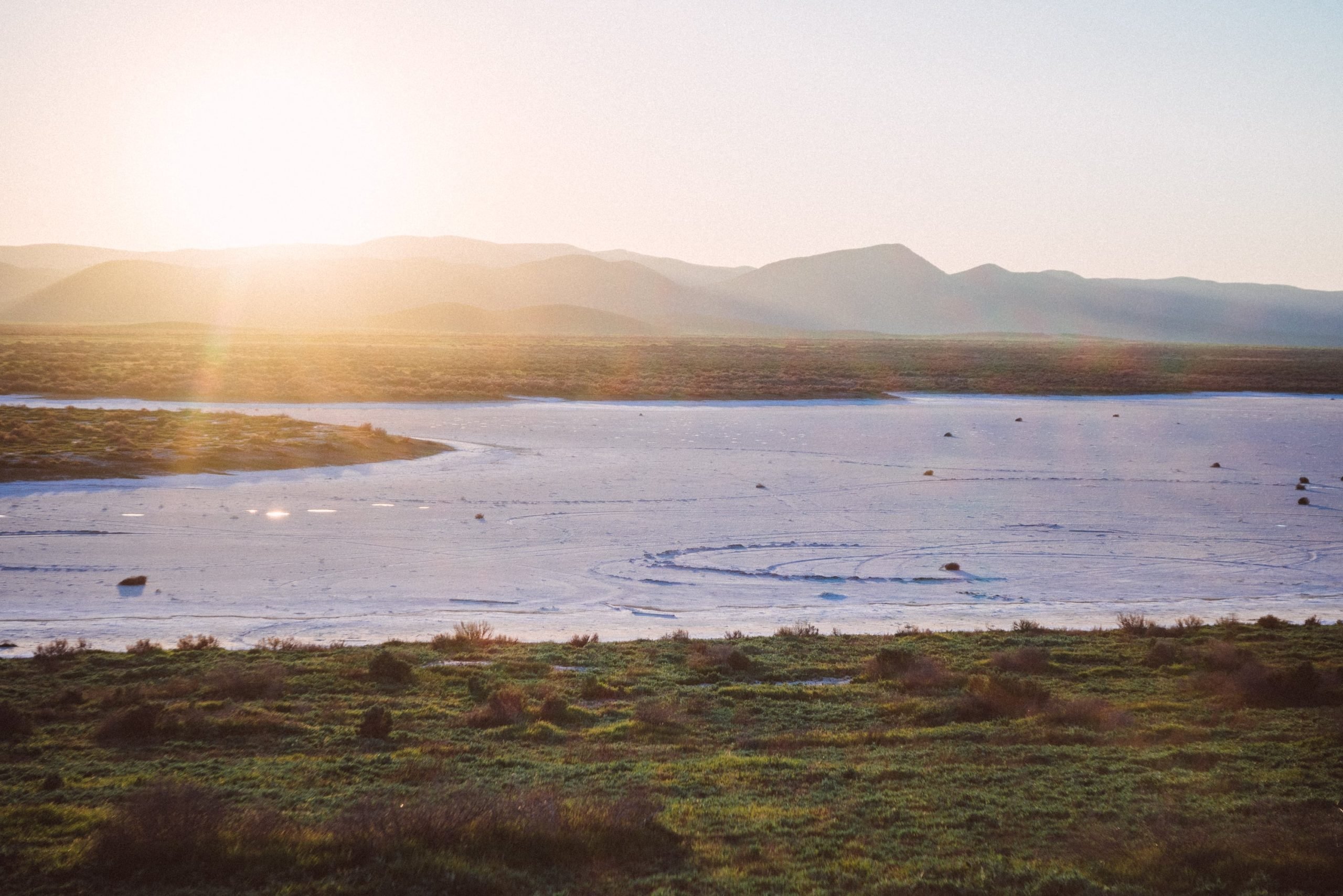
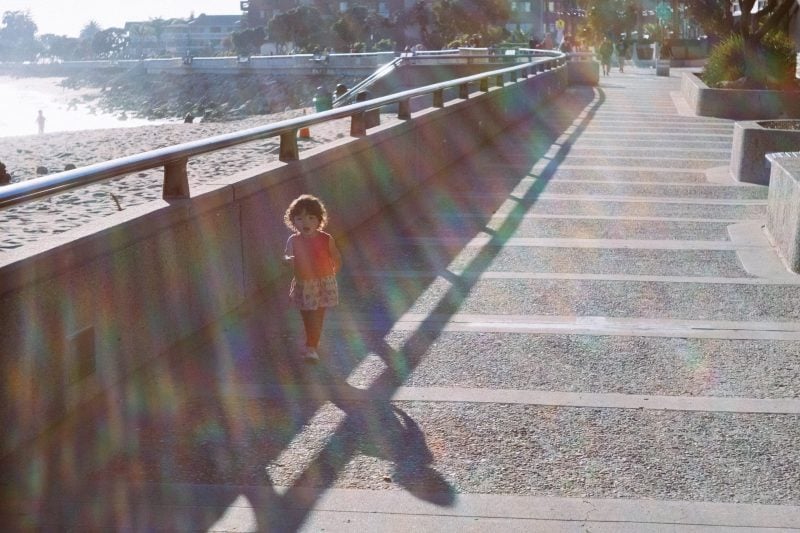

Vignetting
When shooting full-frame vignetting, it is pretty bad wide open and even at f4. By f5.6, it’s looking pretty good, and by f8, it clears up very nicely. If you were to shoot APS-C, the vignetting wouldn’t really be much of an issue, although you would still see it wide open.
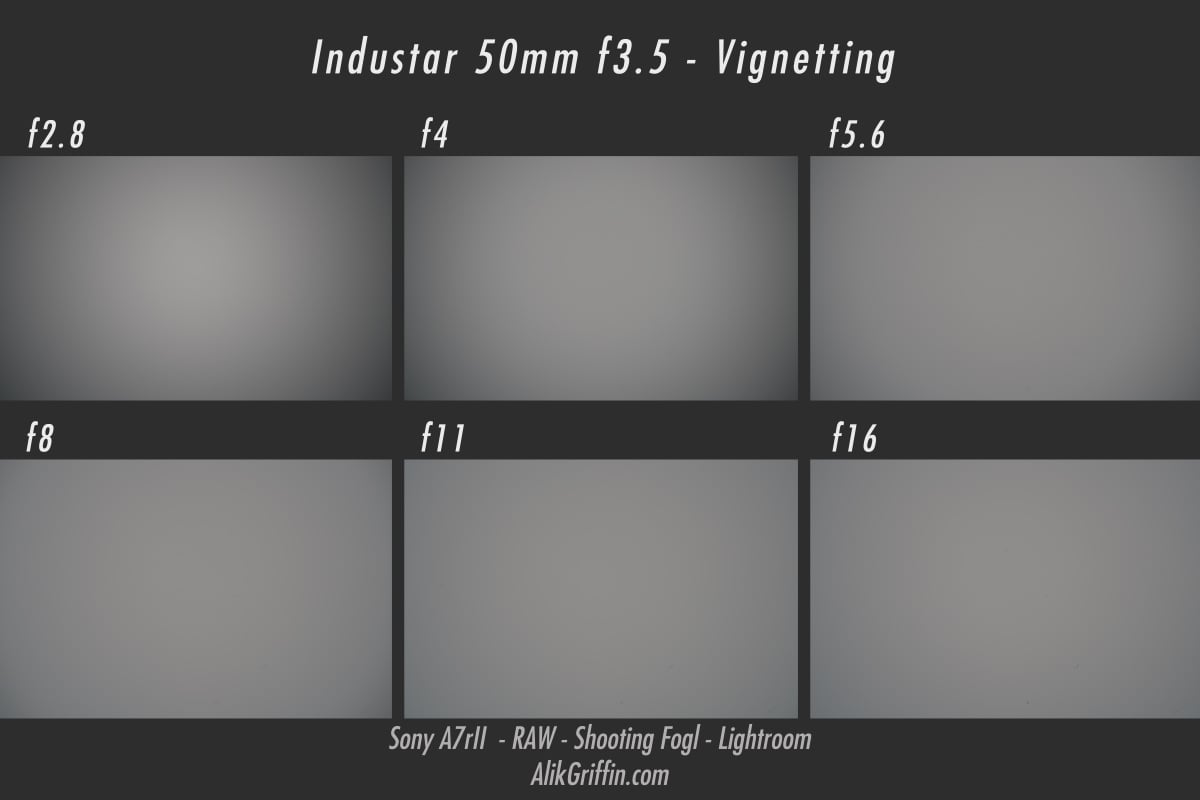
Industar 50mm f3.5 | Use And Feel
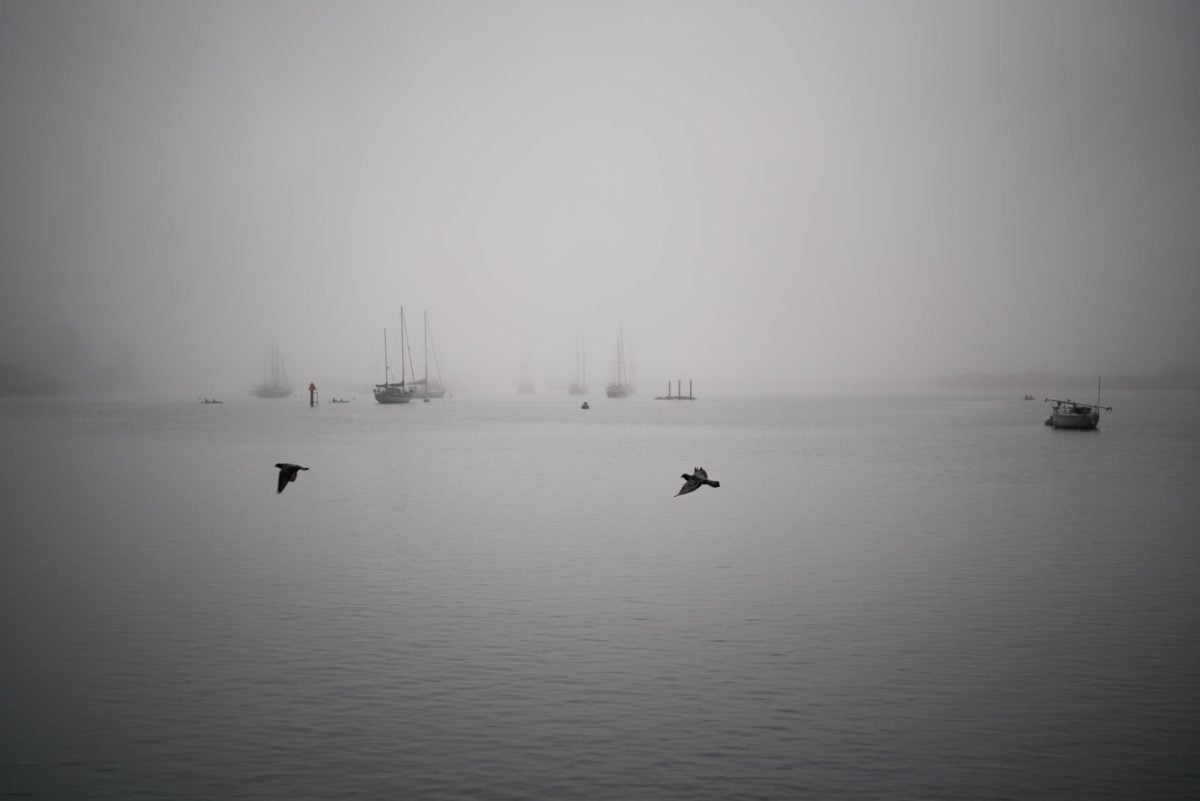
Using the lens is pretty straightforward; there are no aperture presets like those found on some of the Helios and other m42 lenses to annoy you, and there is also no click aperture. Everything is smooth solid, although I personally prefer click apertures.
The only tricky thing is adjusting the aperture. The aperture ring is on the very front of the lens, and turning it will instead spin the focus since they are part of the same lens section. So you have to adjust the aperture with two hands. One hand is used to hold the focus in place, and the other is used to spin just the aperture ring.
When shooting APS-C, you don’t have to worry about much when compensating for any technical flaws except the flaring. When shooting full frame, you need to be conscious of your edges and be aware that they will be soft. If you plan on correcting the vignetting, especially if you’re shooting wide open, it’s a several-stop exposure lift. I also haven’t really noticed any issues with distortion that are worth noting.
Industar 50mm f3.5 Review | Bottom Line
Do I like this lens? Yes, I actually do; I like it a lot, but only on my APS-C cameras. This is mainly because it’s so sharp and has such great contrast.
I actually think it sucks as a full-frame lens, and if you’re looking for a 50mm vintage lens, there are better options, like some of the old Helios lenses. Mind you, they’re much bigger.
This doesn’t mean you can’t take great pictures, even on a full-frame Sony A7rII. You just have to learn the characteristics of the lens and work with them. Avoid framing anything that needs to be detailed too close to the edges, and be mindful of vignetting and flaring.
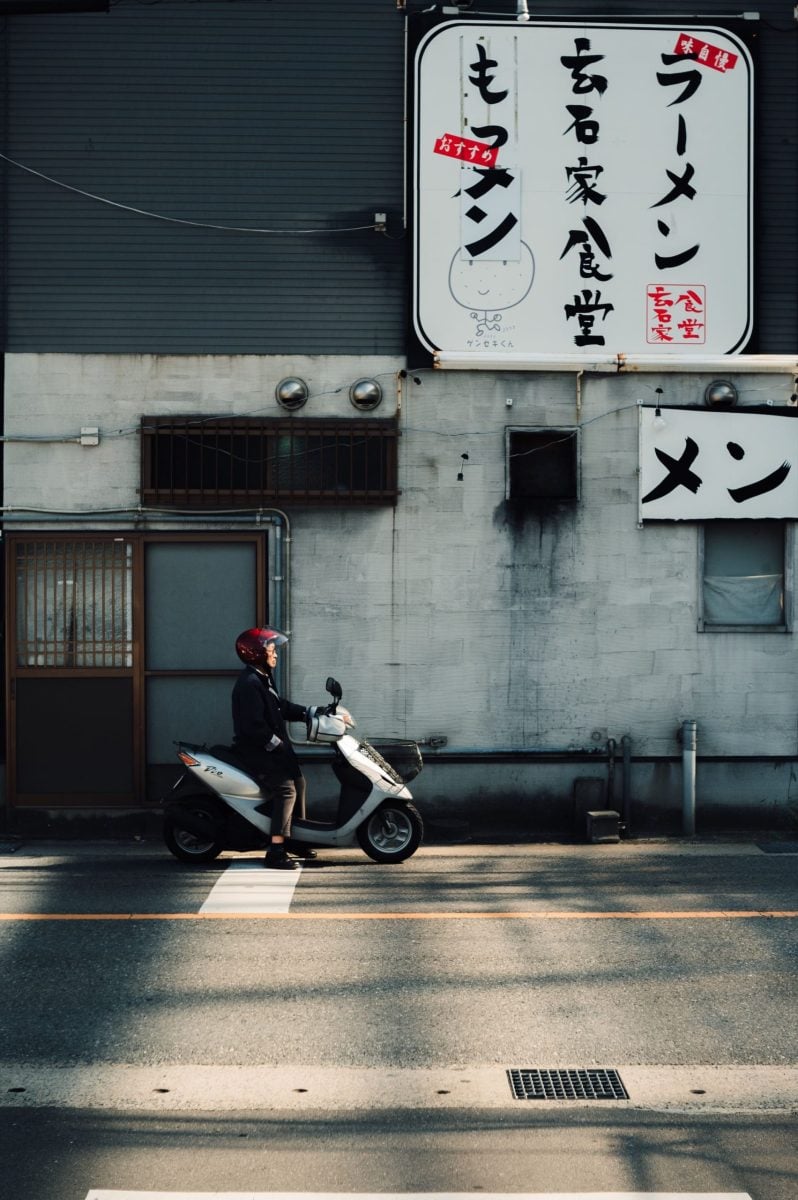
Where to buy the lens
You can sometimes find these on Ebay, sometimes on Amazon.
I’m told Russia doesn’t have a reliable postal service, so it’s in your best interest to order from Ukraine or somewhere else. I got mine on eBay from a seller in Ukraine.
Now, of course, take that with a grain of salt because the last two vintage lenses I ordered disappeared from the hands of USPS here in Los Angeles.
The Lens & Adapters
- Industar 50mm f3.5 – Amazon
- Fotasy M42 to Sony E-Mount – Amazon
- Fotasy M42 to Fujifilm X-Mount – Amazon
Industar 50mm f3.5 Sample Images

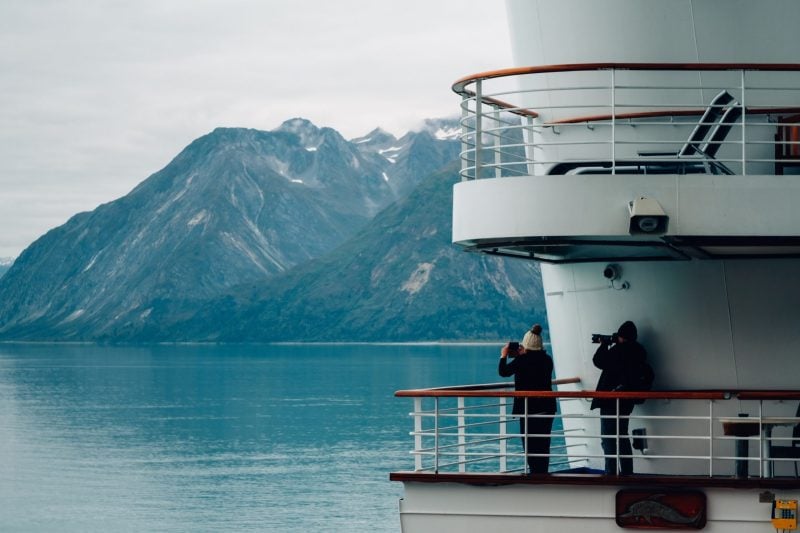

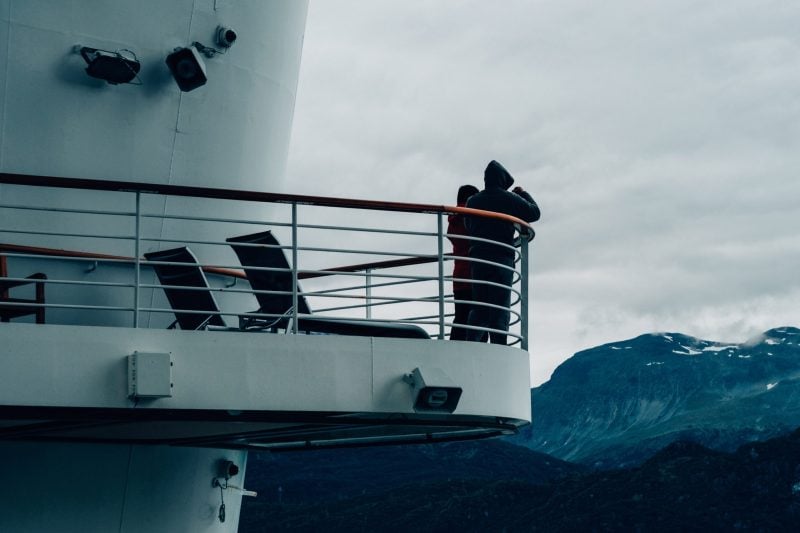
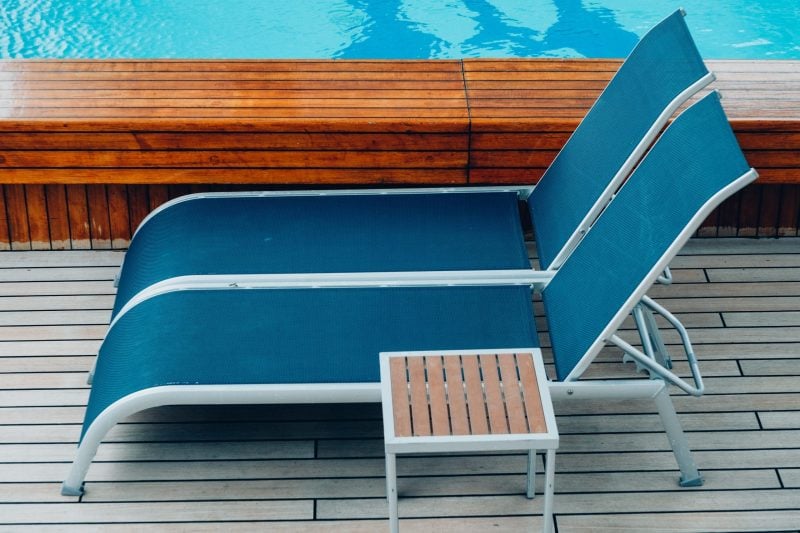
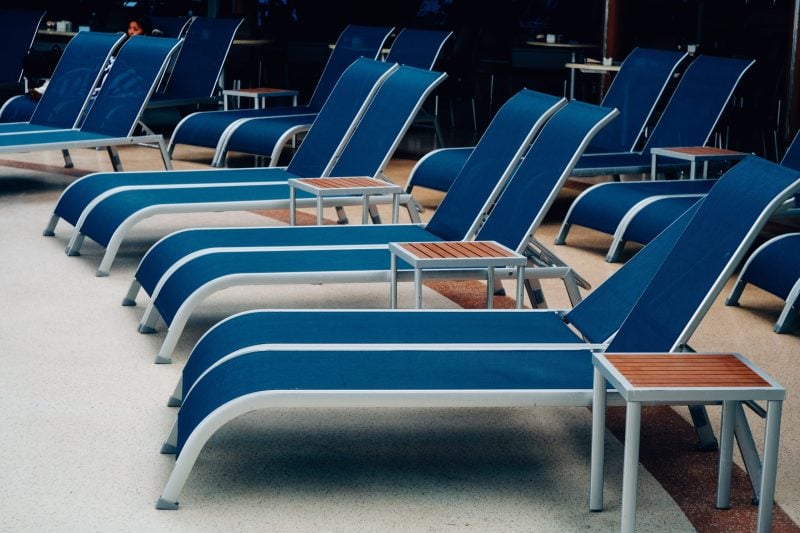
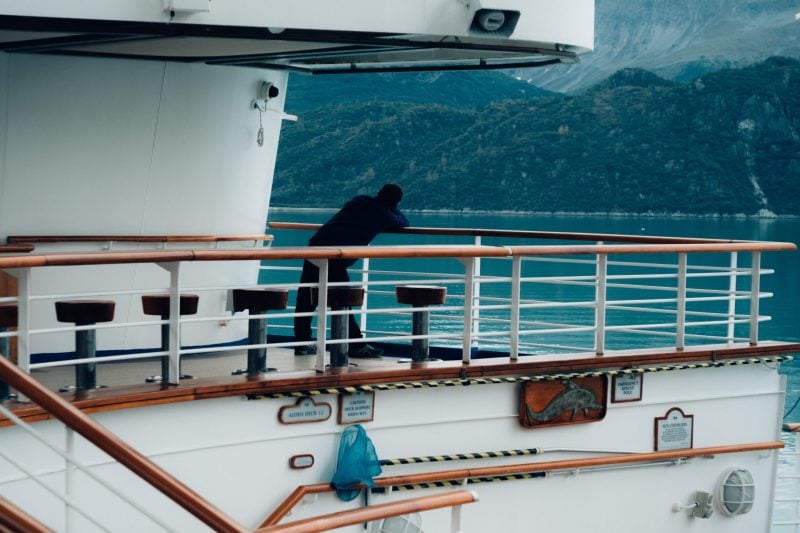
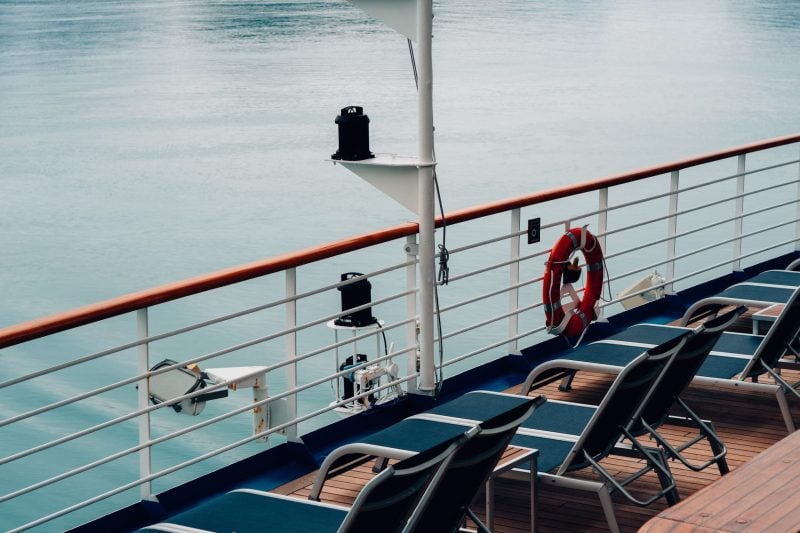




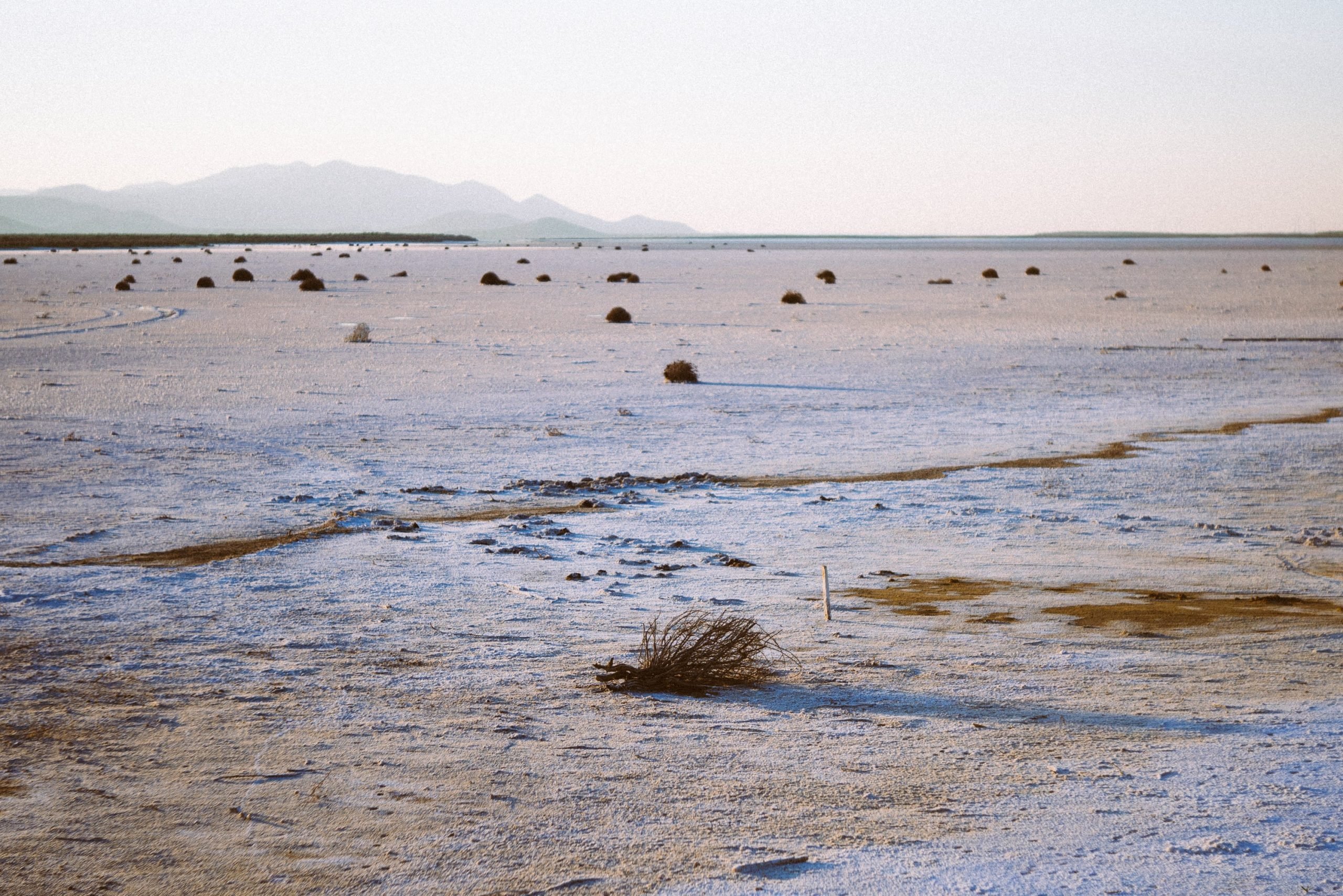
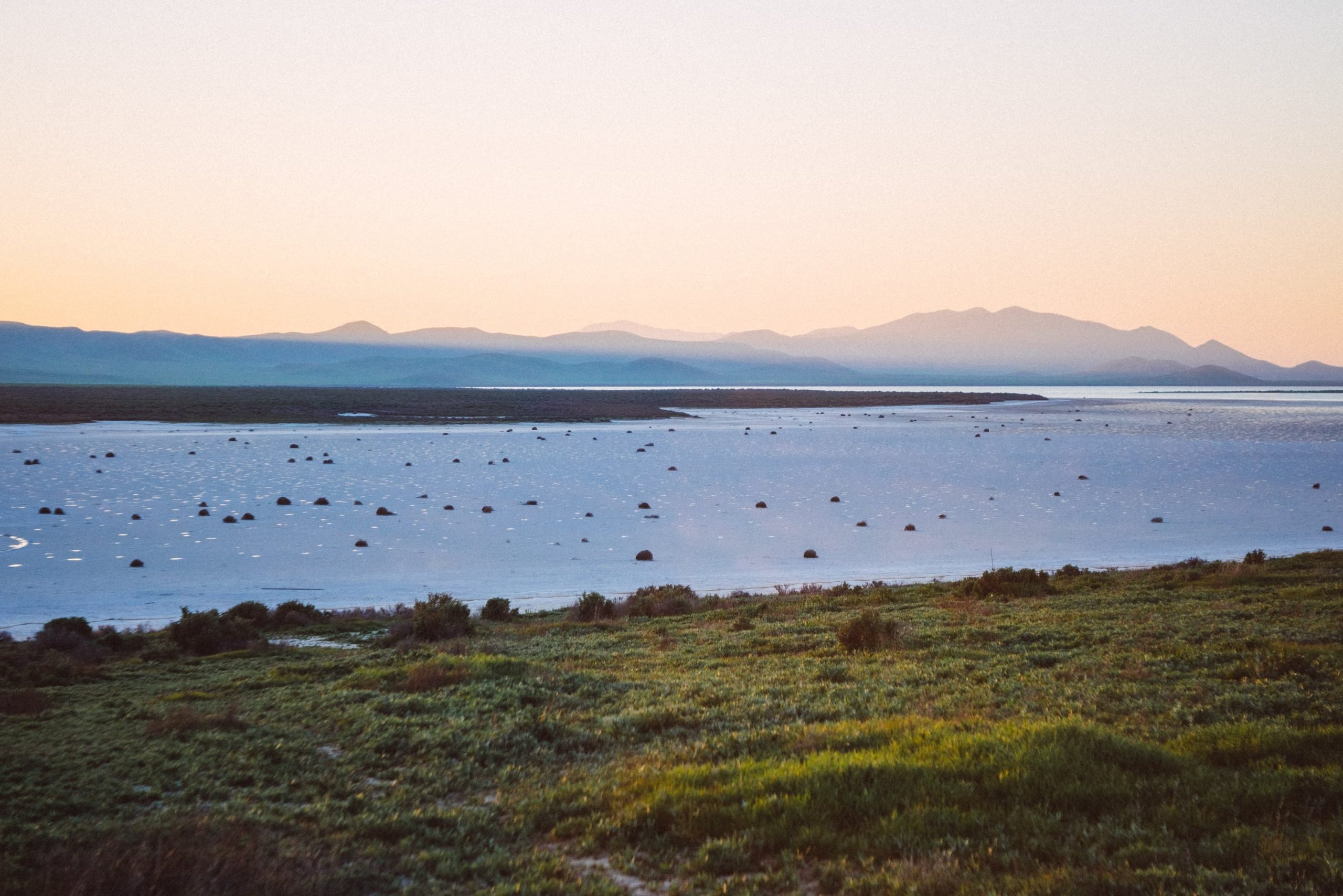
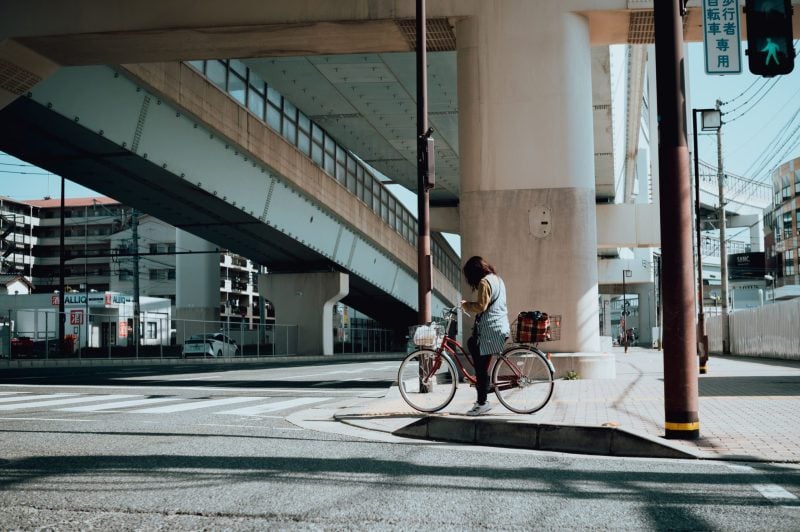
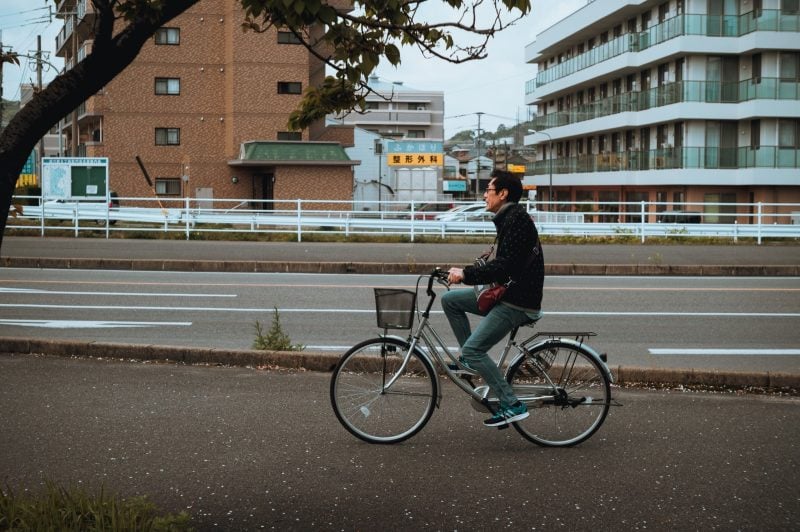
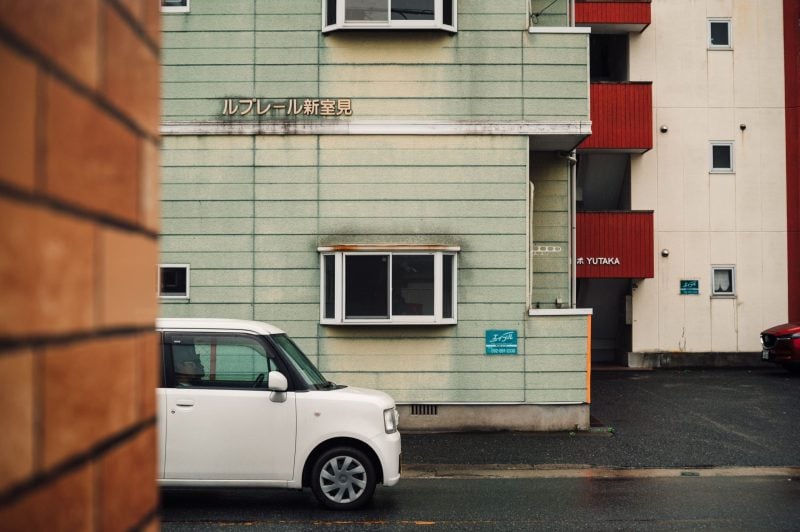


| **This website contains affiliate links. We will earn a small commission on purchases made through these links. Some of the links used in these articles will direct you to Amazon. As an Amazon Associate, I earn from qualifying purchases. |


